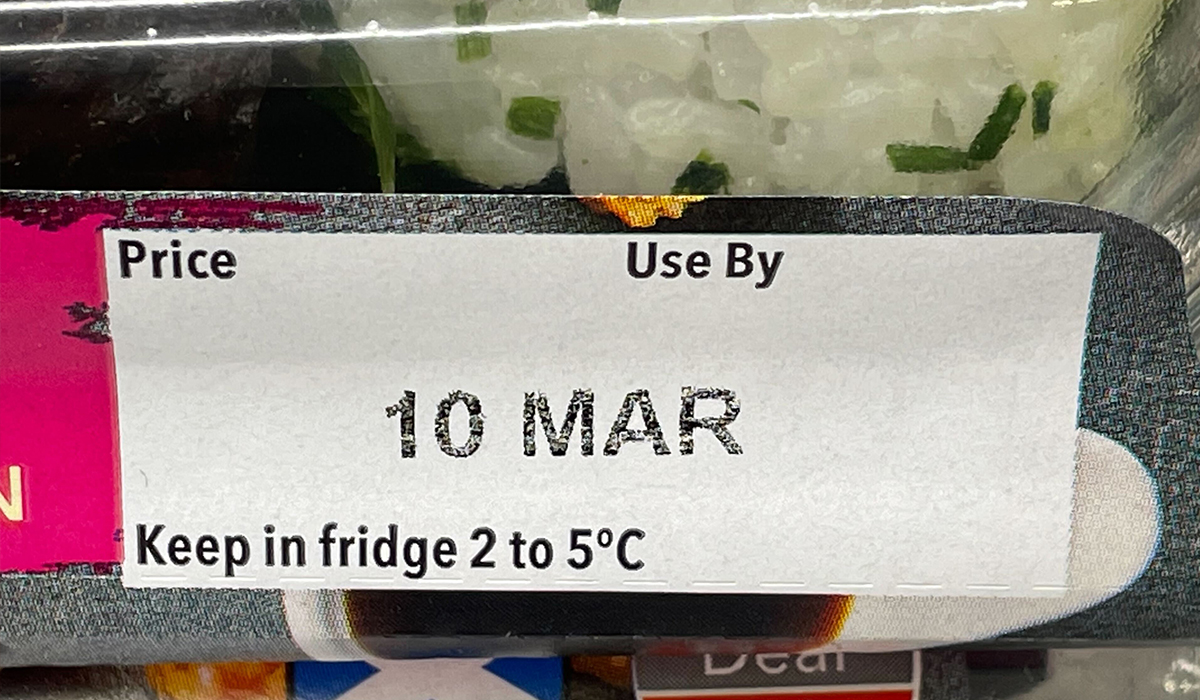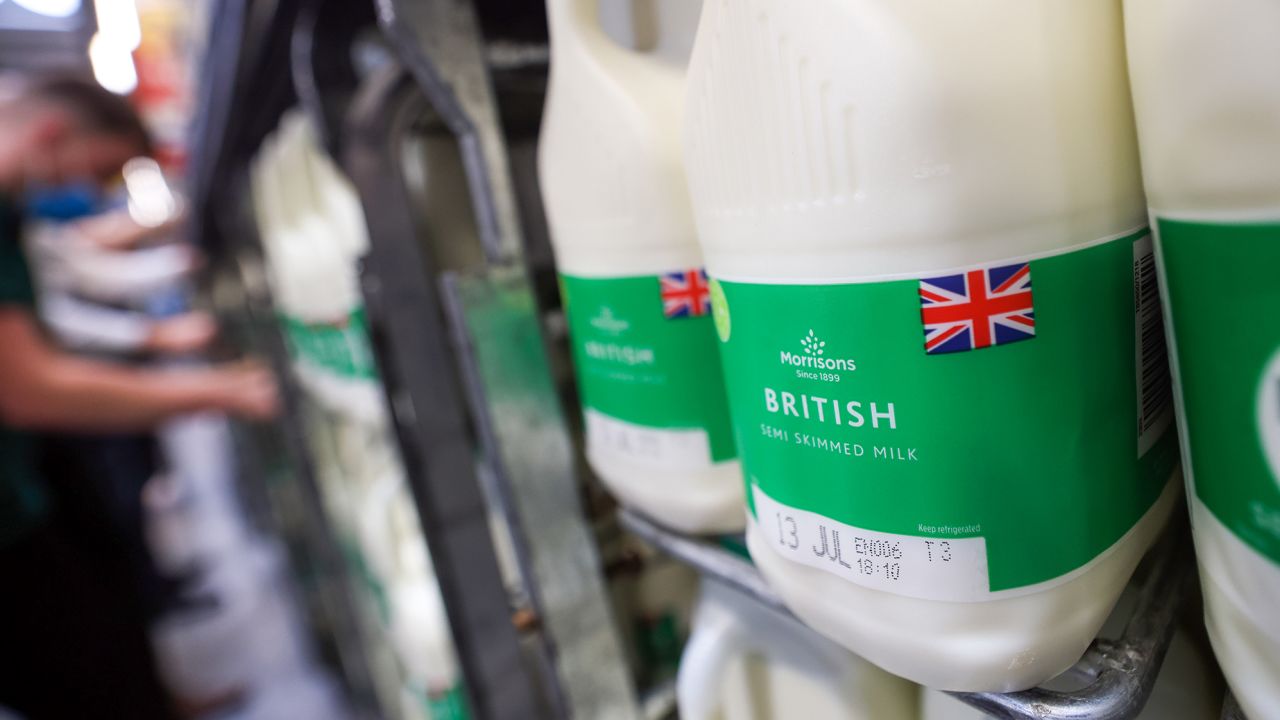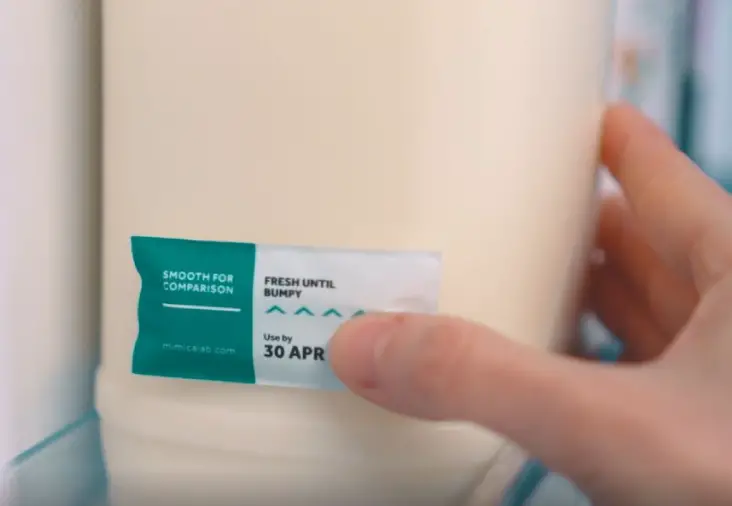Food Waste & Date Codes
Reducing food waste is key to sustainable development and fighting climate change. As such, the UN Sustainable Development Goals include a target to halve food waste by 2030. However, the EC has reported that 60% of the food thrown away in households is edible while in the wholesale and retail sector that figure increases to 83%. This food waste can be attributed to date marking in the EU. The EU Platform on Food Losses and Food Waste sub-group on date labelling have highlighted the importance of regulatory changes to improve date labelling.
When Did Date Codes Start?
Date labels first started appearing in the decades following World War II, as American consumers increasingly moved away from shopping at small grocery stores and farms and toward supermarkets. At first, manufacturers printed a date code on cans and packages for the benefit of the grocer, so they’d have a guideline for when to rotate their stock. The date was written in code: retail employees had to match each code to a date using a key, but to customers the codes were incomprehensible. In the 1970s, grocery shoppers demanded more information about the quality of food on supermarket shelves. Therefore dates were put on labels as a safety measure to prevent customers from being sold and eating food that might be unsafe to eat.
“Best Before” Versus “Use By”
Best before date = Quality
“The Best before date is about quality and not safety. The food will be safe to eat after this date but may not be at its best. Its flavour and texture might not be as good.”
Use by date = Safety
“A use-by date on food is about safety. You can eat food until and on the Use by date but not after as they could be unsafe to eat or drink.”
The term ‘Use by’ should only be applied on foods which, from a microbiological point of view, are highly perishable and are therefore likely, after a short period, to constitute an immediate danger to human health (WRAP). These date codes were introduced as an important safety measure to prevent customers being sold and eating food that might be unsafe to eat.

Issues With Food Date Codes:
1. Consumer confusion:
The ‘Use-by’ vs ‘Best-before’ date codes on food cause over 80% confusion and thus lead consumers to throw out fresh food. Research published in 2016 by the Harvard Food Law and Policy Clinic found 84% of consumers always or occasionally throw away food when it reaches a date printed on the label. Only 67% knew that “best by” dates are indicators of a food’s quality and freshness, while 15% thought they are a food safety indicator and 12% thought they are a label for store staff.
2. A Cause of Food waste:
More than a fifth of still-edible food is unnecessarily discarded due to date inaccuracies or confusion about what the dates actually mean. For instance, many Europeans confuse best-before dates – a recommended consumption time frame for when a product is freshest – with expiry dates (EC)
3. Product Conditions and Static Date Codes
The expiry date system is based on calculations and a large safety margin when it comes to determining the shelf life of food. Food date codes don’t reflect the true product quality as the product can be exposed to different conditions, product is stored as it is transported to a shop and ultimately to a consumer’s home.
The Severity of Food Waste
Today, the United States spends over $218 billion – 1.3% of GDP – growing, processing, transporting, and disposing of never eaten food (ReFed report). In the EU, a study conducted in 2016, estimated 88 million tonnes of food waste is produced, equivalent to about 173kg per person. An estimated 60% of the food thrown away in households is edible while in the wholesale and retail sector that figure increases to 83% (EC).
Some of this wasted food results from people using date labels in a way that they are not intended to be used e.g., using a ‘Best-Before’ date as a ‘disposal date’ for a product (WRAP). According to WRAP, 6.6 million tonnes of food thrown away by UK households every year could have been eaten, 41% (by weight) of the food waste from households arises from products “not used in time” – thrown away because it has gone off or has passed the date label (WRAP).
Supermarket’s Response to Food Waste
Globally, grocery stores are making strides to try to eliminate customer confusion with date codes. For example, most recently, Aldi UK confirmed the removal of Best Before dates from around 60 of its fresh fruit and vegetable lines. Many other UK and European supermarkets already have a similar scheme in place or are following suit. The idea is less food will be thrown away because consumers will be using their own judgment to determine whether goods are still fine to eat. There’s no need to refer to a label when you can use your own senses to decide whether an item is still edible. Morrisons, a UK supermarket, is asking customers to use the “sniff test” to check whether its cow’s milk is still drinkable.

Innovation to Reduce Food Waste
A study carried out by the European Commission (2018), estimates that up to 10% of food waste generated annually in the EU is linked to date marking. As a reaction to the high levels of food waste, technological efforts have centered around the development of new innovations aimed at helping consumers make more informed choices, ultimately reducing food waste. For instance, recent developments have seen the rise of new packaging solutions aimed at extending the shelf life of products and at helping consumers better track the quality and freshness of food.
These include intelligent packaging, that is, packaging containing sensors or indicators that monitor the condition of food during its life cycle, but also smart labels placed on the package that tell consumers whether the food is still fresh but also smart labels placed on the package that tell consumers whether the food is still fresh (Morrison, 2020a). In this sense, unlike static and overcautious expiration dates, these novel tools are dynamic as they provide real-time feedback to the consumer about the quality and freshness of food. Hence, it is expected that innovations such as intelligent packaging and smart labels can reduce consumers’ heavy reliance on expiration dates when evaluating food freshness
A study carried out by Barone & Aschemann-Witzel in 2021, investigated how UK consumers can integrate smart labels into individuals’ everyday practices in relation to the purchase, use, storage, and disposal food. The label was described as a temperature-sensitive indicator that feels smooth when the food is fresh, but becomes bumpy when the food is no longer good for consumption. Similar to the Mimca label, see image below. The study demonstrated that consumers mainly rely on expiration dates and their own senses when making food decisions. Specifically, expiration dates and sensory characteristics (e.g., colour) of the food emerged as main drivers of choice in store and of use/disposal of the product at home. The consumers were “interested” and excited by the smart labels as it reassures freshness. Specifically, the beneficial effect that the smart label would have in terms of reduction of food waste was recognized.

